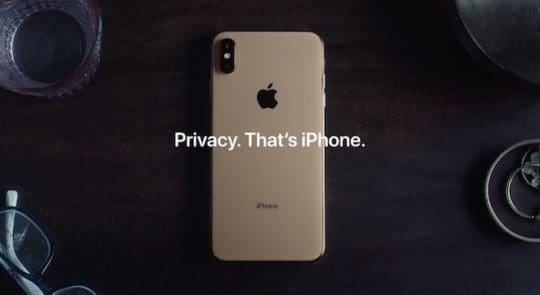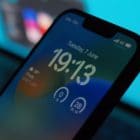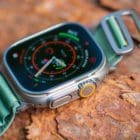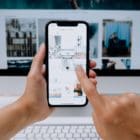You may be in a situation where a law enforcement agent, criminal, or TSA agent coerces you to hand over your iPhone and unlock it. Hopefully, you never get into any of those situations, but if you do, you’d certainly wish you didn’t have Face ID enabled. If you did, they’d just be able to point your iPhone at your face and access your phone without restriction. Luckily, Apple has a feature that allows you to hard lock your iOS device quickly if you’re ever in a precarious situation. Find out what hard locking your iPhone is and how to do it below.
Related Reading:
- How to Block ‘Open in App’ Pop-Ups in Safari
- What is Lockdown Mode and How Do You Use It?
- 6 Best New Privacy and Security Features on iOS 15
- Protecting Your Privacy and Security on Apple Watch
Contents
What is Hard Locking?
Hard locking your iOS device is a secret feature that Apple’s implemented into all iOS devices for those that may need a quick way to disable any biometrics or automatic password unlocking features. The purpose of hard locking is to provide iPhone users with a quick way to turn off biometrics without seeming suspicious and eliminates any need for fumbling around with specific settings. Basically, once you enable hard lock mode, you’ll have to enter your password manually the next time you open your phone. So, for example, if a TSA officer forces you to open your iPhone for them to look through, you can enable hard lock, which means anyone would have to manually enter your passcode to access your device.
The hard lock feature is one of those that you don’t truly appreciate until you have to use it. Not many people go about their day preparing for an altercation or potentially dangerous encounter, but if you have knowledge of this security feature, it could maybe save you one day.
How to Hard Lock Your iPhone
Hard locking your phone is extremely simple, and you don’t need to turn on any settings beforehand to take advantage of the security feature. Here’s how to hard lock your iOS device quickly.
Hard Lock on iPhone 13, 12, 11, XS, X
To disable biometrics on iPhone models 13 to X, follow these easy steps:
- Press and hold the power button and side volume button until you see the “Slide to Power Off” option.
- Next time anyone tries to open your iPhone, they’ll need to enter the passcode manually.
On iPhone SE, iPhone 8 & 7
Hard locking your device on iPhones SE to 7 is just as simple.
- Press and hold the power button until you see the “Slide to Power Off” option.
- You’ve now hard locked your iPhone and will need to enter your password.
Other iOS Security Tips

If you’re trying to seek more iOS security tips after learning about hard locking, we have your back. Here are a few more tweaks you can make to your iOS device to bolster its security and increase your privacy.
Disable Ad Tracking
All technology comes littered with cookies, trackers, and malware. It seems inescapable. However, Apple has tried to make browsing the internet a bit safer by allowing you to block ad trackers. Here are a few settings you can tweak to block more ads:
- Go to your Settings app.
- Tap on Privacy.
- Go to Apple Advertising.
- Toggle Personalized Ads off.
Once you’ve done that, you’ll limit the amount of data apps have access to you, and you’ll receive less personalized advertisements. It’s always creepy when you’re talking about a topic in real life and see an ad about it right away. While most apps don’t have access to your microphone activity, if you feel uncomfortable with personalized ads, we recommend you turn the setting off.
You could also disable app tracking (even though it should be off by default) by going to Settings > Privacy > Tracking and disabling Allow Apps to Request to Track.
Auto-Delete Messages
Sometimes you may find that messages are used against you without your consent. For example, a partner may go through your phone and find private information. Or perhaps you’re afraid that social media apps have too much access to your smartphone and may be tracking your messages, too. You can auto-delete messages to calm any fears. Here’s how:
- Head to the Settings app.
- Tap on Messages.
- Go to Keep Messages.
- Change the settings to 30 days or 1 year, depending on what you wish.
Enable Find My iPhone
Lastly, one of the most useful iOS security features is the Find My iPhone app. Those who have lost their phones and used Find My iPhone know how useful it can be. If you’ve never lost your phone you may not feel it necessary, but it’s always better to be safe than sorry. Here’s how to enable the Find My iPhone feature:
- Head to the Settings app.
- Tap on [Your name] at the top of the Settings app.
- Navigate to Find My.
- Make sure Find My iPhone has been enabled.
When you have that enabled, you can use another iOS device to either locate your device or wipe it clean if you believe it to be stolen.










Write a Comment